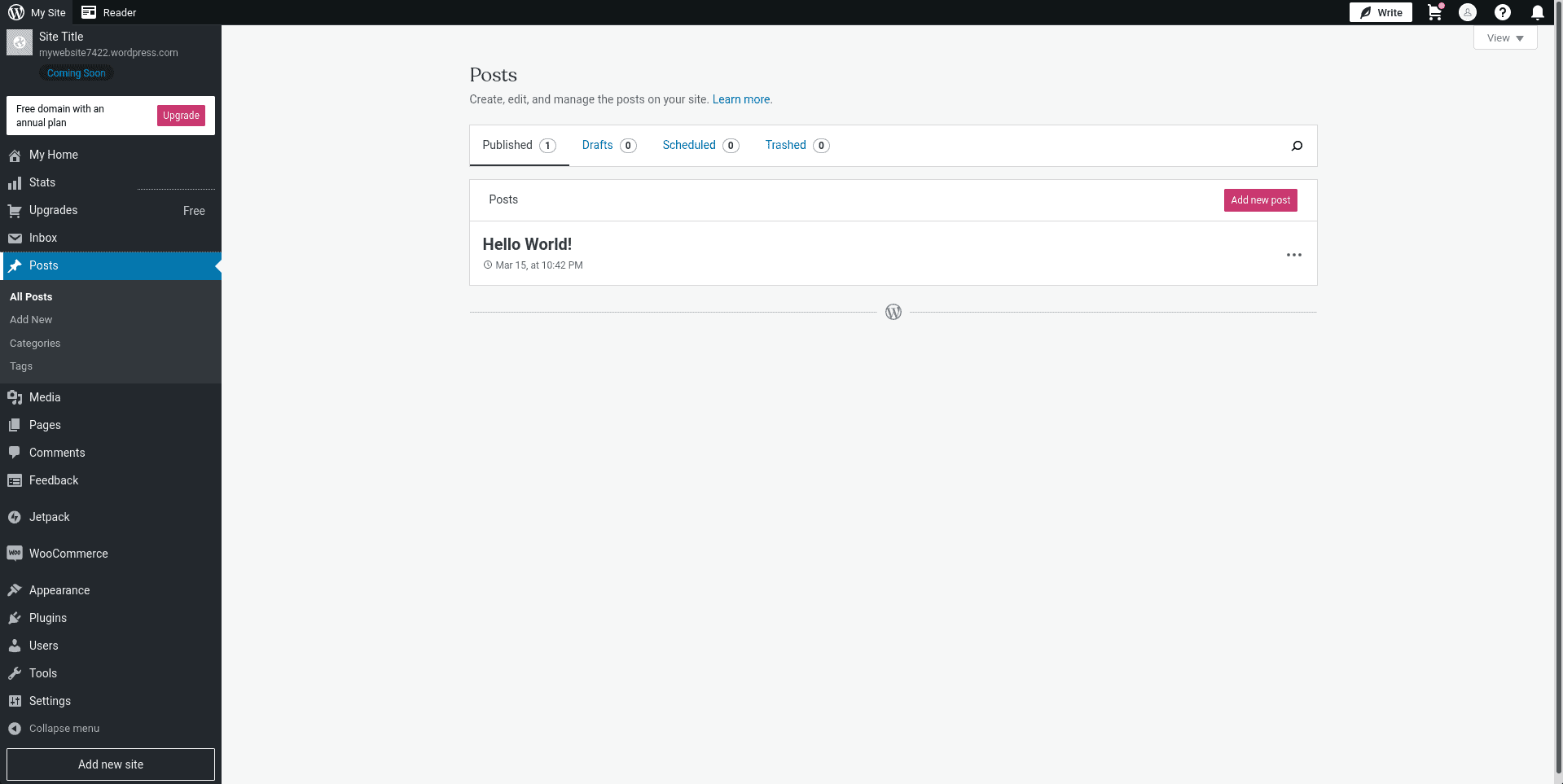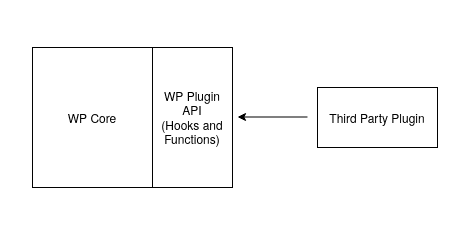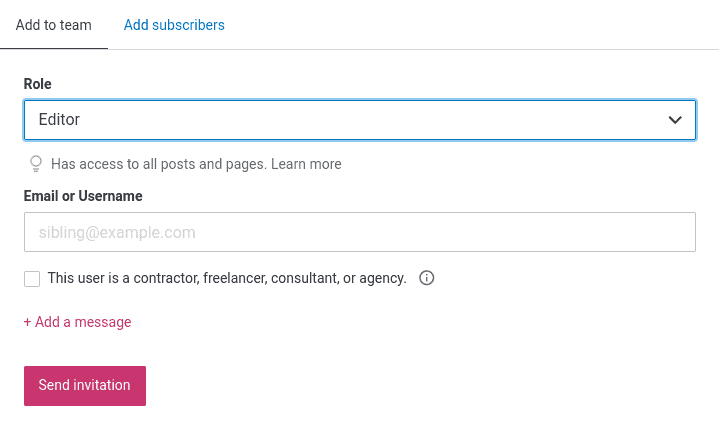Learn through the super-clean Baeldung Pro experience:
>> Membership and Baeldung Pro.
No ads, dark-mode and 6 months free of IntelliJ Idea Ultimate to start with.
Last updated: April 20, 2023
In this short tutorial, we’ll learn about content management systems, their features, and who can benefit from using them. Lastly, we’ll see a few examples of content management systems.
A content management system (CMS) is an application that lets users create and publish digital content online. They provide a user-friendly interface for creating, editing and managing content without advanced technical knowledge.
In addition, they provide tools for formatting text, inserting links, and adding images and other media assets. These tools also include the ability to schedule content publication, set access permissions, and manage content revisions. Using a CMS, we can create websites, blogs, and even online stores.
The main idea behind a CMS is to separate a website’s content from its presentation, allowing content creators to focus on the content itself without worrying about the technical aspects of developing a website and website maintenance.
The content created within a CMS is stored in a database or file system, which makes it easy to manage and organize. Moreover, the content can be text, images, videos, audio, and any other media asset.
Furthermore, one of the critical benefits of a CMS is that it allows multiple users to work on the same content simultaneously, with different levels of permission and access. This is very useful for large companies and websites with lots of content and many content creators and contributors.
Some benefits of using a CMS instead of building everything from the ground up are:
Both businesses and individuals can benefit from using a CMS. For example, individual bloggers can use them to create content and publish it online, while companies and government agencies can use them to create and manage their websites.
Schools, universities, and other educational institutions can use them to create an online learning environment for students to communicate with them and track their progress.
Finally, e-commerce website owners can use them to create an online store and manage their product listings.
Content management application (CMA): this is the software interface that we use to manage the content of the website. It allows users to create and publish content, as well as manage user roles and permissions:

Content delivery application (CDA): this is the front end of the website that displays the content to the visitors. It retrieves the content from the database and displays it in the desired format. This part may also include other features like social sharing, search functionality, and user authentication
The CMA inside the CMS is typically made up of the following:
These components work together seamlessly to provide an easy-to-use platform for creating and managing content.
Content management systems have many features. Some of them are:
They support adding plugins or extensions to extend the functionality of the website. For example, search engine optimization (SEO) plugins increase website traffic from search engines, social media plugins integrate social media with the website, and analytics plugins provide user behavior and website traffic metrics.
In addition, WordPress provides a plugin API (which consists of hooks and functions) for developers to use when developing plugins. Moreover, WordPress hooks allow us to tap into WordPress at specific points to change how WordPress behaves without editing any core files:

Administrators can add new users and change their roles and permissions. For example, administrators have full power over the website and can invite new people, add and delete posts, or modify the site settings. Editors have access to all posts and website pages.
Authors can write, edit, and publish their own posts. Contributors can write or edit their own posts but can’t publish them. Finally, subscribers can only read the content on the website or update their own profile:

The creators can use the media library to add images, videos, and other digital assets to their content.
Creators can organize content and add them to different categories:

There are many themes and templates available to change the look and feel of the website:

There is also a version control functionality that the creators can use to track changes made to website content, revert changes made to specific content, or compare different revisions.
There are many content management systems, each with its features. For example, WordPress is the most popular CMS and has a lot of plugins, it’s also free and open-source. Joomla and Drupal are other free and open-source CMS with extensive features. Moreover, Shopify is an e-commerce CMS that allows individuals and businesses to create an online store and sell products and services.
In this short tutorial, we learned about content management systems. There are many CMS platforms with their particular use cases, features, and characteristics. Therefore, it’s essential to do research and decide on what we need.